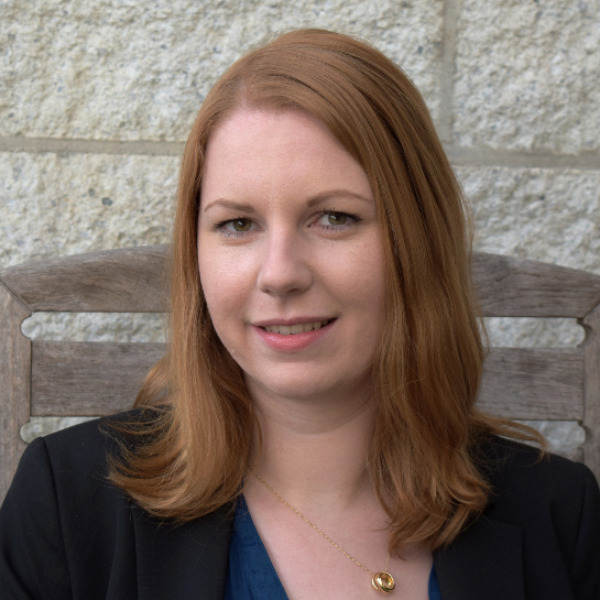| University | University of Groningen (UG) |
| Institute and/or group | Groningen Biomolecular Sciences & Biotechnology Institute (GBB) |
| Advisors | Prof. dr. Arnold Driessen (UG), Prof. dr. Adriaan Minnaard (UG) |
| oLife Research Areas | II. Defining properties and synthesis of Life, from the molecular to the biosphere level III. Modelling, predicting and steering of Life |
| Start date
End date Next career step |
February 1, 2020
January 31, 2023 Extension at UG till January 31, 2024, after that Gecco Biotech, Groningen, the Netherlands |
Profile of the fellow
Dr. Mirthe Hoekzema obtained her PhD in 2018 from Uppsala University (Sweden), under the supervision of prof. dr. Gerhart Wagner. Her thesis focused on post-transcriptional regulation and adaptive immunity in bacteria. During her time at Uppsala University she served as an elected PhD student representative on the department board. Before acquiring the oLife fellowship, she was awarded an International Postdoc grant from the Swedish Research Council to develop CRISPR/Cas based gene activation in filamentous fungi. Within the oLife fellowship program she will work in the lab of prof. dr. Arnold Driessen on questions regarding the early evolution of membranes.
Asgard archaea and the early evolution of membranes
A defining element of all living cells is that they are surrounded by a membrane that separates the cells interior from the environment. Phospholipids are a major constituent of all biological membranes and thus an essential building block of life. Membrane phospholipid composition is also one of the main factors distinguishing the three domains of life, Archaea, Bacteria and Eukarya. There is a remarkable difference in the chemical structure of phospholipids in archaeal membranes versus bacterial and eukaryotic membranes; this is commonly referred to as the “lipid divide”. The phospholipids of bacteria and eukaryotes consist of a glycerol-3-phosphate backbone linked to fatty acids via ester bonds. In contrast, the hydrophobic tails of Archaeal phospholipids consist of isoprenoid chains covalently linked to a glycerol-1-phosphate through ether bonds.
The most widely accepted early-life evolutionary theory assumes that Archaea and Bacteria stem from a common ancestor known as cenancestor or last universal common ancestor (LUCA). Eukarya are thought to have evolved later, either as a sister clade to Archaea or branching from within the Archaea. A well-supported hypothesis of eukaryogenesis – the process by which eukaryotic cells evolved from prokaryotic precursors – is that the first eukaryotic cell arose from the endosymbiosis of an α-proteobacteria into an archaeal host. Thus, the lipid divide represents a tremendous conundrum in microbial evolution. If Archaea and Bacteria have a common ancestor, why is their membrane lipid structure completely different? The similarity between bacterial and eukaryotic membrane lipids pose another problem; if the currently favored theories are correct and the first eukaryotic cell originated from Archaea, how did the bacterial-like eukaryotic phospholipids evolve?
In this project we will address questions regarding membrane evolution in archaea and bacteria and the nature of the cenancestoral membrane, as well as to the origin of the eukaryotic membrane by examining the structure and function of key phospholipid biosynthesis proteins of the newly discovered Asgard Archaea and assess their potential phospholipid composition by in vitro reconstitution of their lipid biosynthetic pathway.

Dr. Mirthe Hoekzema
